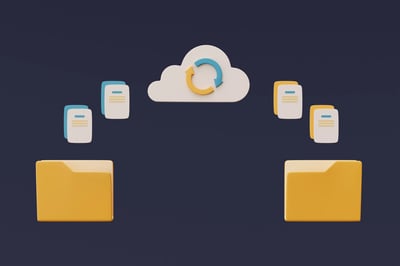3 April 2025
AHIMA’s Principles of Information Governance
Discover how AHIMA's eight principles of information governance help organizations manage data...
.png?width=620&height=82&name=Untitled%20design%20(18).png)
.png?width=600&height=79&name=Untitled%20design%20(18).png)



















